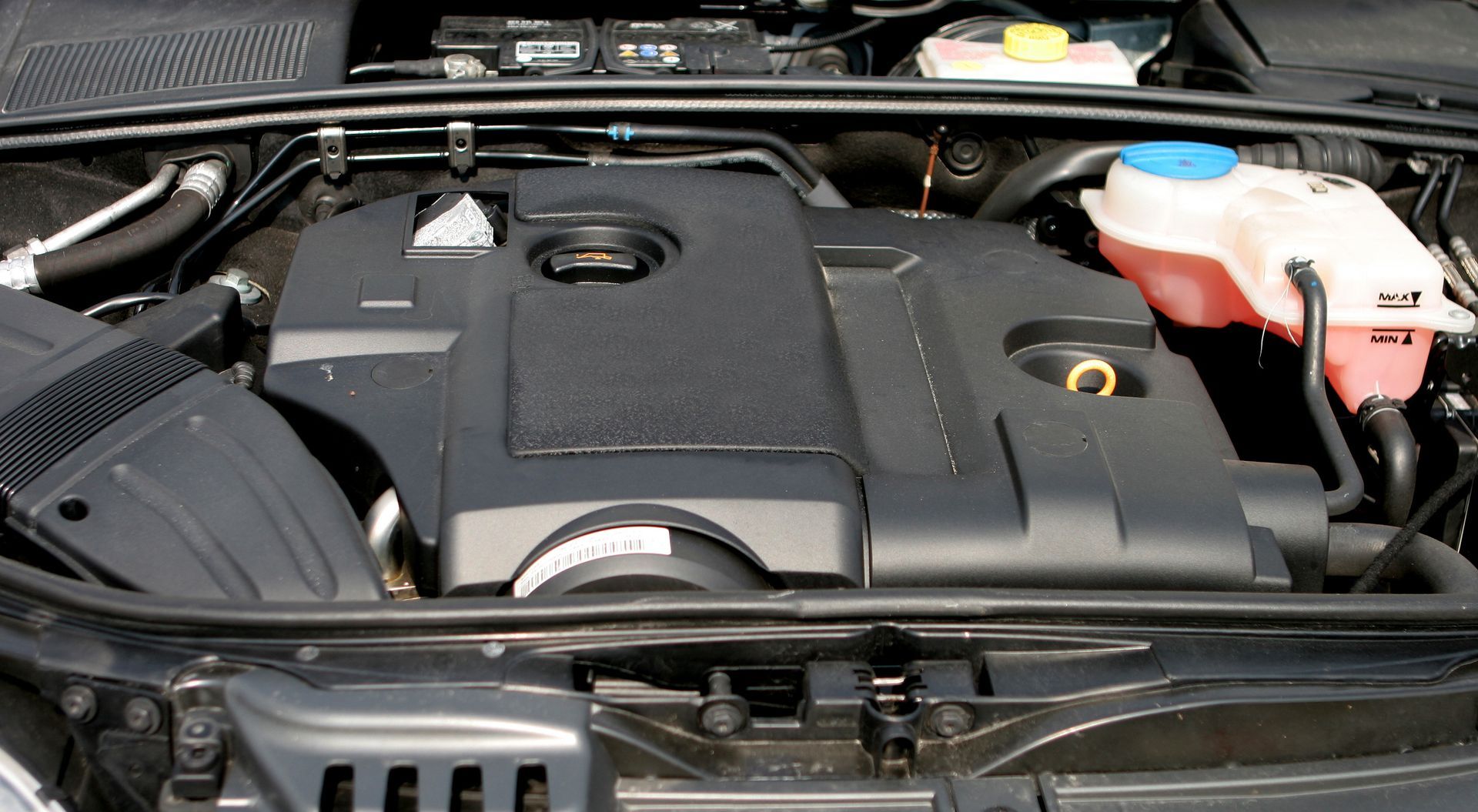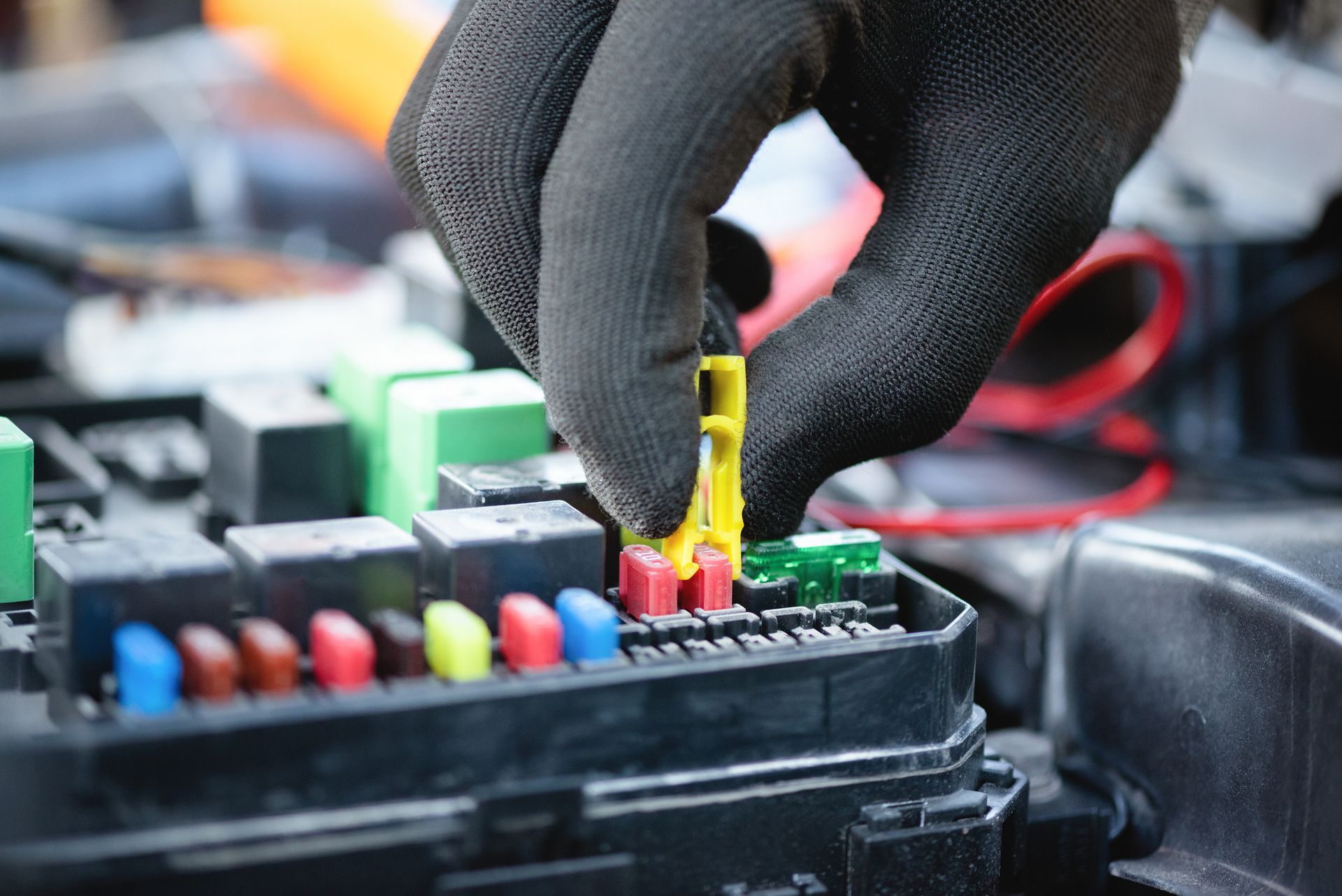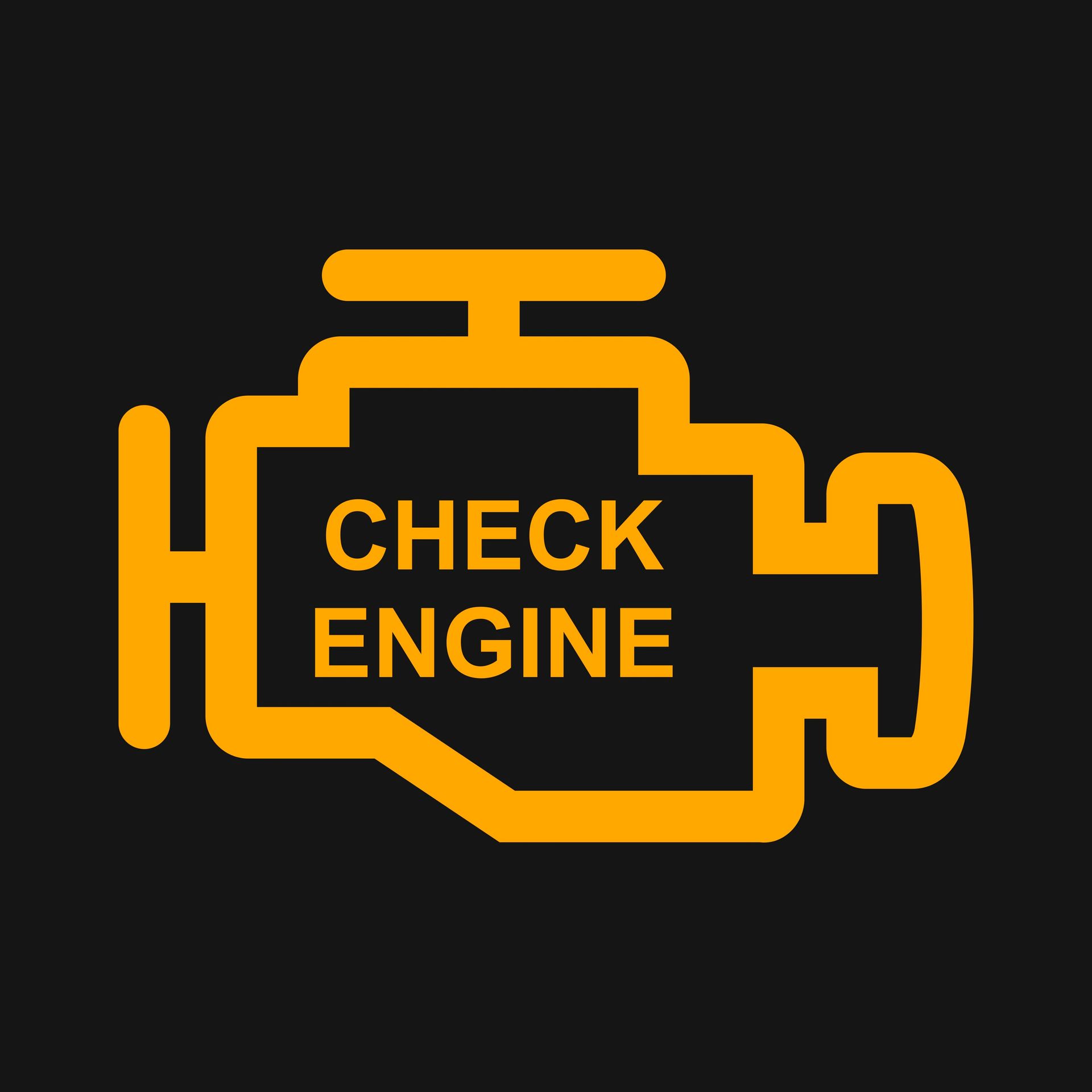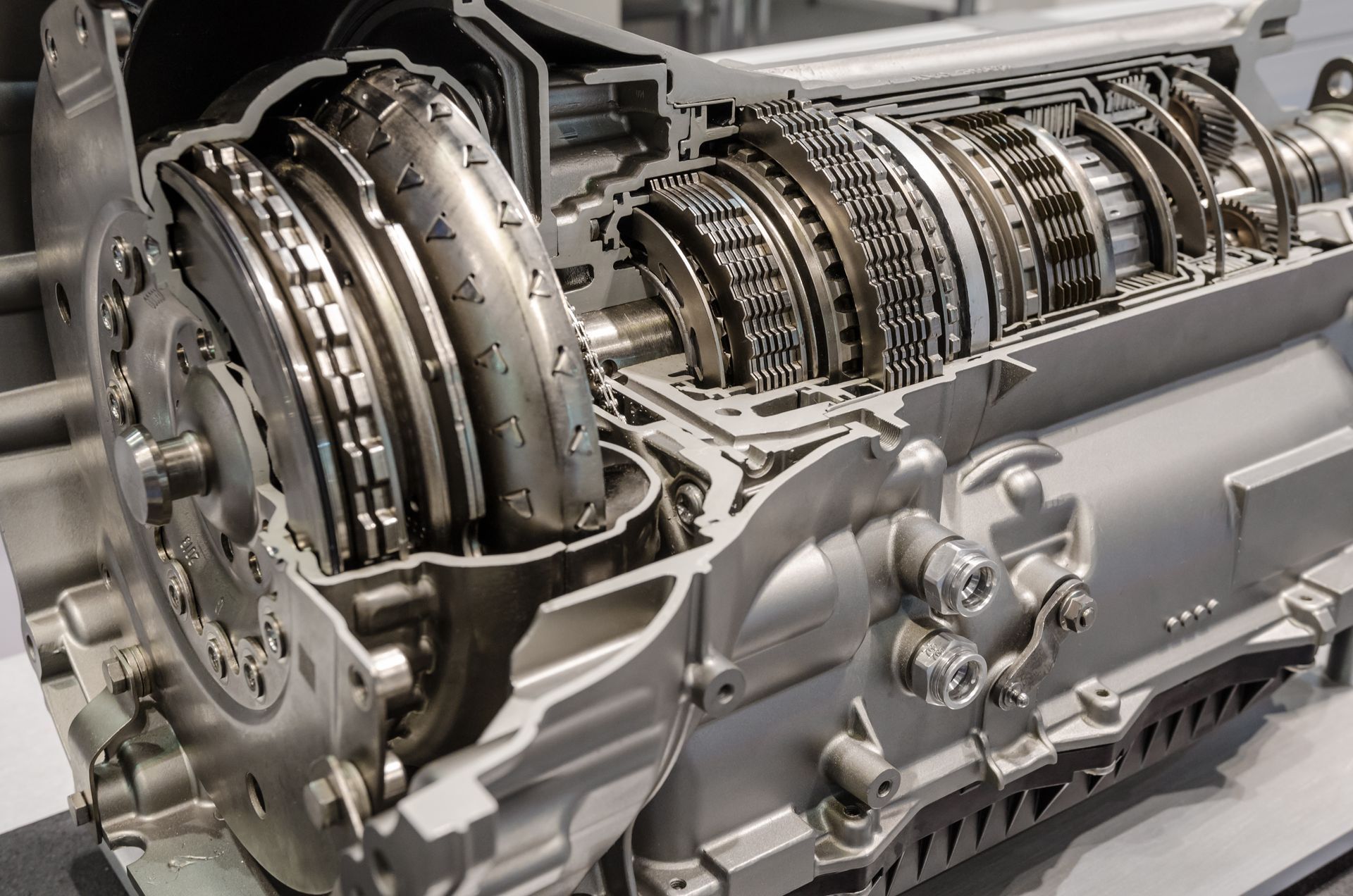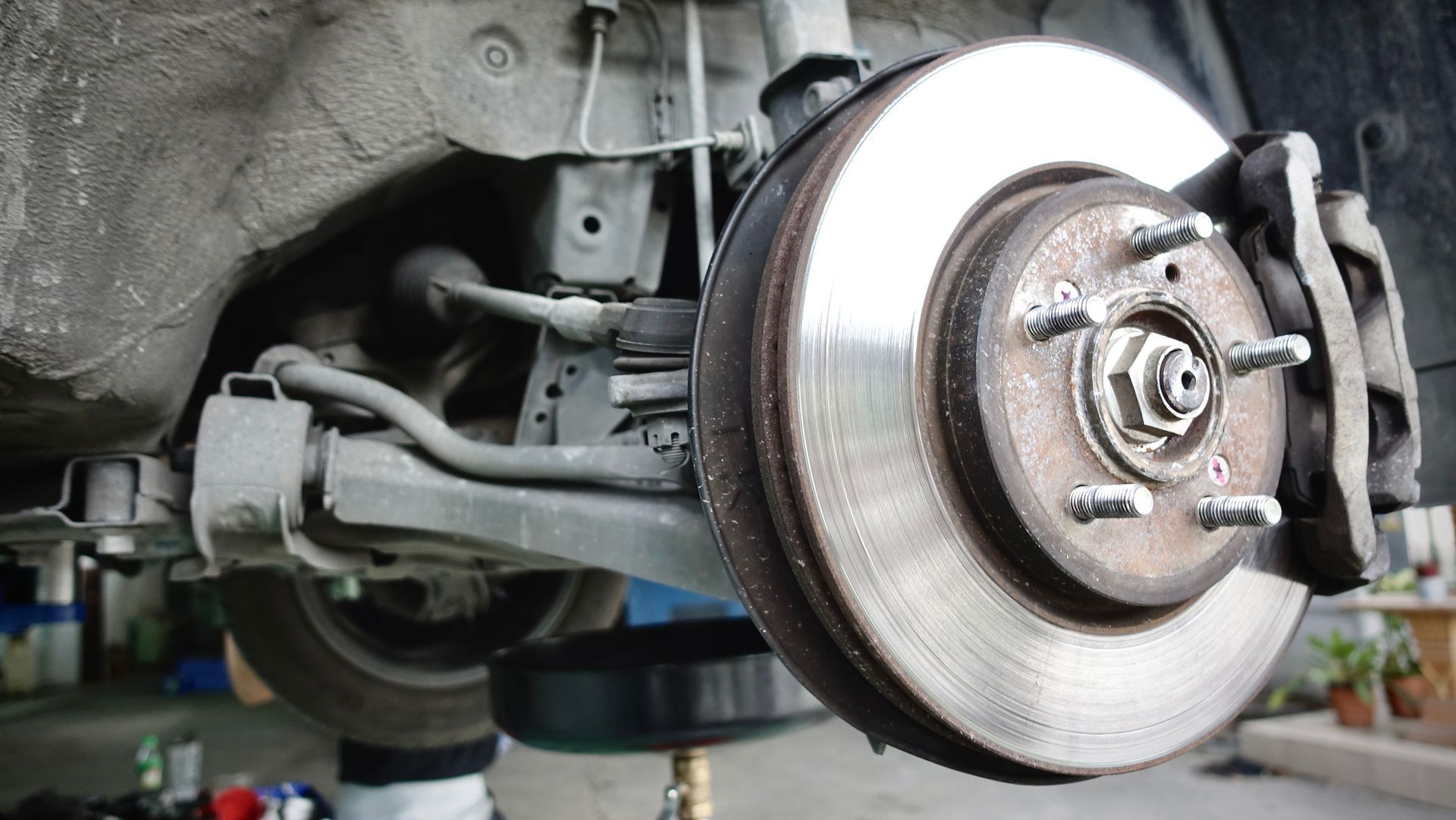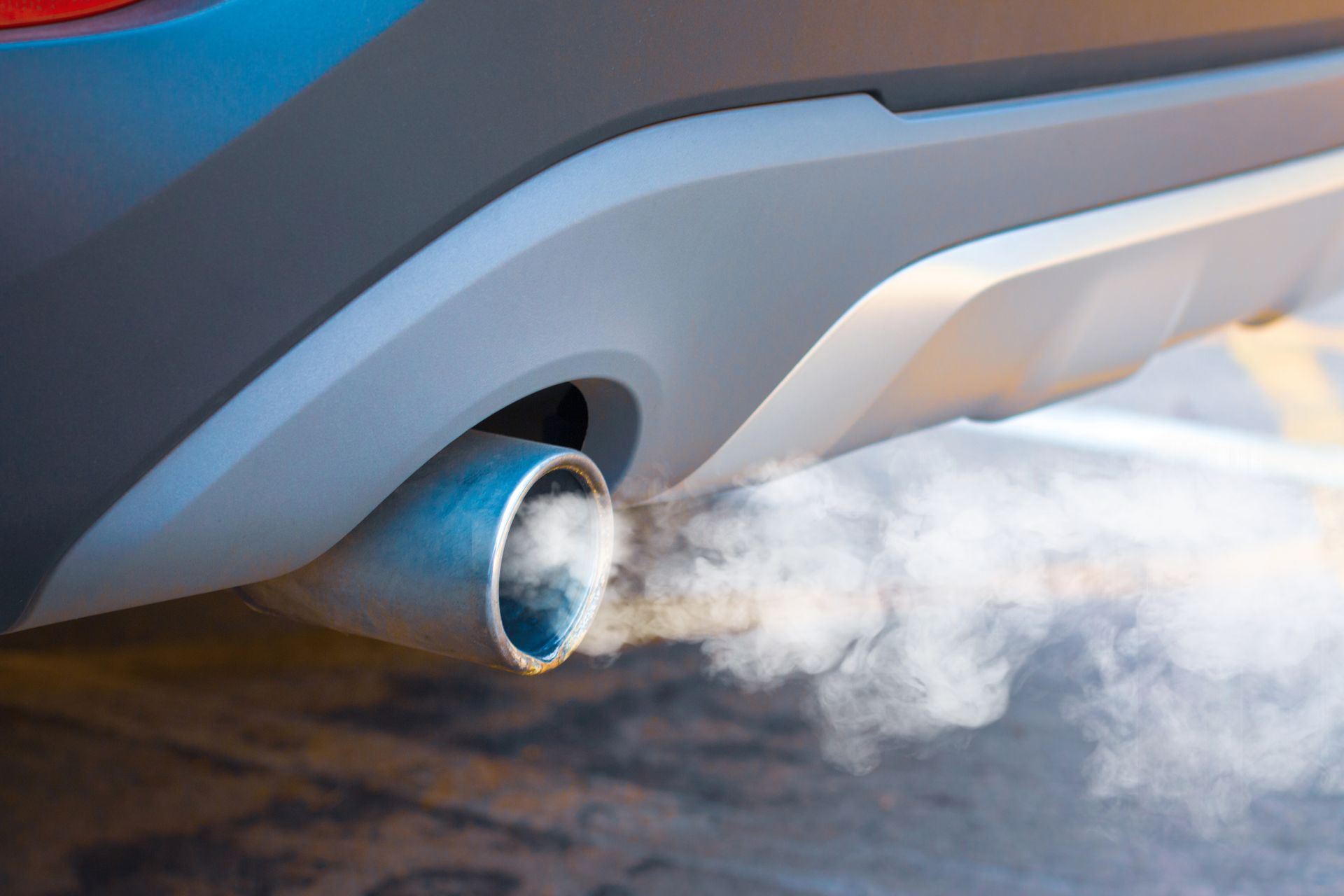Hours:
Loading ...
Missing business hours data / Error occurred while getting the data.
Call us: (502) 427-6868
Why Is Timing Belt Replacement So Important for Your Engine?
February 28, 2025
Your car’s engine is a complex system of moving parts, all working together to keep your vehicle running. One of the most critical components in this system is the timing belt. While it might not be something you think about often, neglecting to replace it at the right time can lead to severe engine damage and costly repairs. So, why is timing belt replacement so essential, and what happens if you ignore it?
The Role of the Timing Belt in Your Engine
The timing belt is responsible for synchronizing the rotation of the camshaft and the crankshaft, ensuring that the engine’s valves open and close at the right time. This precise coordination allows the engine’s cylinders to fire in the correct sequence, keeping everything running efficiently.
In most vehicles, the timing belt is made of reinforced rubber with teeth that grip onto gears. Over time, it can wear down due to heat, friction, and age. If the belt becomes loose, slips, or breaks entirely, the engine will no longer function properly. In some cases, a snapped timing belt can cause severe internal damage, including bent valves, damaged pistons, and even complete engine failure.
What Happens If You Don’t Replace the Timing Belt
Ignoring the recommended timing belt replacement interval is a risky move. While some drivers may assume they can stretch out the lifespan of the belt, waiting too long can result in sudden failure.
If the timing belt breaks while you’re driving, the engine will likely shut down immediately, leaving you stranded. In non-interference engines, this can sometimes be resolved by simply replacing the belt. However, in interference engines—where the valves and pistons occupy the same space at different times—a broken belt can cause them to collide, leading to extensive and expensive repairs.
Warning signs of a failing timing belt may include:
- A ticking noise from the engine
- Engine misfires or rough idling
- Trouble starting the car
- Oil leaks near the timing belt cover
However, in many cases, there are no clear warning signs before the belt fails. That’s why following the manufacturer’s recommended replacement schedule is so important.
How Often Should You Replace the Timing Belt
The recommended timing belt replacement interval varies depending on the make and model of your vehicle, but most manufacturers suggest replacing it between 60,000 and 100,000 miles. Checking your owner’s manual is the best way to determine the right schedule for your car.
Some factors that can shorten the lifespan of a timing belt include extreme temperatures, frequent stop-and-go driving, and exposure to oil leaks. If you drive in conditions that put extra strain on the engine, you might need to replace the belt sooner than expected.
Why Timing Belt Replacement Is Worth the Cost
Some drivers hesitate to replace their timing belt because of the cost, but postponing it can lead to a much more expensive repair bill later. Compared to the cost of rebuilding an engine due to a snapped belt, replacing the belt on time is a much smarter financial decision.
When replacing the timing belt, it’s also a good idea to inspect or replace other components in the timing system, such as the water pump, tensioners, and pulleys. These parts often wear out around the same time as the belt, and replacing them together can help you avoid future breakdowns.
Don’t risk engine failure! Visit
Top Gun Auto Repair in Georgetown, KY, for
expert timing belt replacement and inspections. Call us today to schedule your appointment!
Visit us
Loading ...
Missing business hours data / Error occurred while getting the data.
Having Trouble Finding Us?
Loading ...
Missing nap lines data / Error occured while getting the data.

